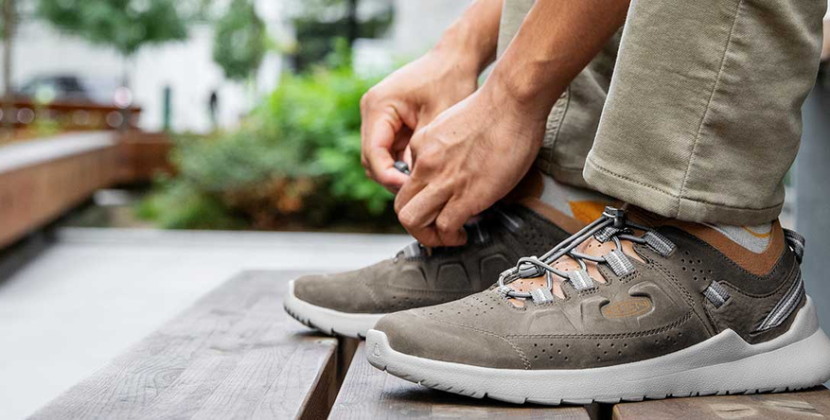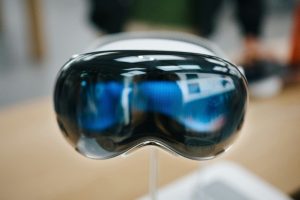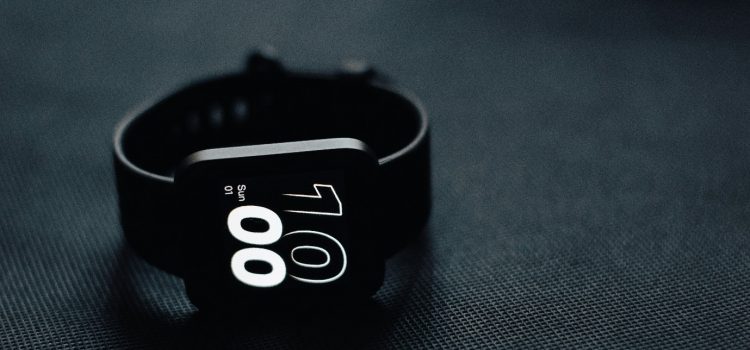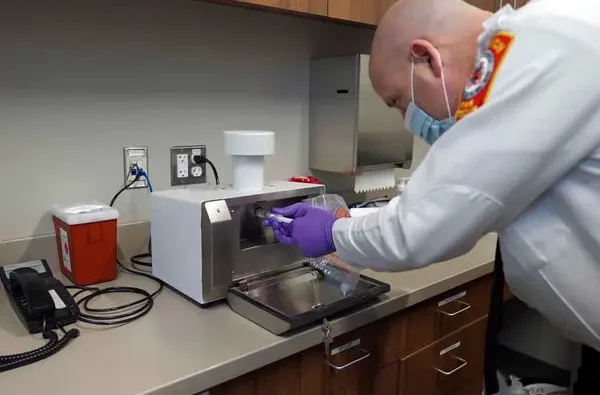
The Rise of Wearable Tech Latest Gadgets of 2024
Wearable technology has significantly evolved over the past decade, becoming an integral part of our daily lives. From fitness trackers to smartwatches, these devices offer a range of functionalities that cater to various needs. This article provides a comprehensive review of the top wearable tech devices available in 2024, analyzing their features, benefits, and market positioning.

Wearable tech devices have transformed how we interact with technology. They are designed to be worn on the body and provide a plethora of functions, including health monitoring, communication, and entertainment. As technology advances, these devices become more sophisticated, offering improved accuracy and additional features. This article explores the leading wearable tech devices of 2024, highlighting their unique features and comparing their performance.
Wearable Tech Devices Overview
- Smartwatches
Smartwatches have become the most popular wearable tech devices, blending traditional watch functionalities with advanced tech features. They offer notifications, health monitoring, GPS navigation, and more.
Key Features:
- Notifications and communication
- Fitness and health tracking
- Customizable watch faces
- App integration
- Fitness Trackers
Fitness trackers focus primarily on health and fitness monitoring. They provide insights into physical activity, sleep patterns, and overall wellness.
Key Features:
- Step counting and activity tracking
- Heart rate monitoring
- Sleep analysis
- Basic notifications
- Smart Glasses
Smart glasses integrate technology into eyewear, offering augmented reality (AR) experiences and hands-free information access.
Key Features:
- Augmented reality capabilities
- Built-in cameras
- Voice commands
- Heads-up display
- Smart Clothing
Smart clothing incorporates technology directly into the fabric, offering functionalities such as temperature regulation and biometric monitoring.
Key Features:
- Temperature control
- Biometric sensors
- Integrated communication
- Washable electronics
Analysis Table
The following table provides a comparative analysis of the top wearable tech devices based on various criteria.
| Feature/Device | Smartwatch | Fitness Tracker | Smart Glasses | Smart Clothing |
| Primary Function | Multi-functional | Health tracking | AR and information | Temperature & bio |
| Display | Color touchscreen | Monochrome screen | Transparent display | Integrated screen |
| Battery Life | 1-2 days | 5-7 days | 4-8 hours | Varies by garment |
| Health Monitoring | Heart rate, ECG, SpO2 | Heart rate, steps | Limited | Temperature, ECG |
| Notifications | Yes | Basic | Limited | Limited |
| GPS Tracking | Yes | Basic | Yes | No |
| Water Resistance | Yes | Yes | Limited | Yes |
| Price Range | $200-$1,000 | $50-$150 | $500-$2,000 | $100-$500 |
Comparative Table
The comparative table below highlights the key differences among the leading wearable tech devices.
| Device | Pros | Cons |
| Smartwatch | Comprehensive functionality, app support | Short battery life, high price |
| Fitness Tracker | Affordable, focused on health metrics | Limited app integration, fewer features |
| Smart Glasses | Innovative AR experience, hands-free | Expensive, limited battery life |
| Smart Clothing | Integrates tech into fabric, innovative | Expensive, less widely available |
Detailed Analysis
Smartwatches
Smartwatches, such as the Apple Watch Series 9 and Samsung Galaxy Watch 6, dominate the wearable tech market due to their versatility. They combine communication tools with health and fitness tracking features. Recent models have improved battery life, performance, and integration with other devices. They are ideal for users seeking an all-in-one solution for notifications, fitness tracking, and apps. However, their high price and relatively short battery life can be a drawback.
Fitness Trackers
Fitness trackers, like the Fitbit Charge 6 and Garmin Vivosmart 5, excel in providing detailed health and fitness metrics. They are generally more affordable than smartwatches and offer longer battery life. These devices are designed primarily for health enthusiasts who want to monitor physical activity, heart rate, and sleep patterns. While they lack some advanced features of smartwatches, their focused functionality and cost-effectiveness make them popular among budget-conscious users.
Smart Glasses
Smart glasses, including the Ray-Ban Stories and Google Glass, offer an immersive augmented reality experience. They are ideal for users looking for innovative ways to interact with digital content while on the go. These glasses provide hands-free access to information, but their high price and limited battery life can be significant barriers to widespread adoption. They are best suited for tech enthusiasts and professionals who need AR capabilities.
Smart Clothing
Smart clothing, such as the Nadi X smart yoga pants and the Hexoskin biometric shirt, represents the cutting edge of wearable tech. These garments incorporate sensors and technology directly into the fabric, offering features like temperature regulation and biometric monitoring. While they provide innovative solutions for health and comfort, their high cost and limited availability can be challenges for mainstream adoption.
Conclusion
Wearable tech devices have made significant strides, offering a range of functionalities that cater to various needs and preferences. Smartwatches remain the most versatile option, providing a comprehensive suite of features but at a higher cost. Fitness trackers offer a more focused approach to health monitoring, with affordability and extended battery life as key benefits. Smart glasses represent an exciting frontier in augmented reality, though their high price and battery life issues limit their appeal. Smart clothing introduces novel applications of technology in everyday wear, though it faces challenges in cost and availability.
As technology continues to evolve, we can expect further advancements in wearable tech, with improvements in battery life, functionality, and integration. Choosing the right device depends on individual needs, whether for health tracking, communication, or innovative experiences. The future of wearable technology promises even more exciting developments, making it an area to watch closely.










